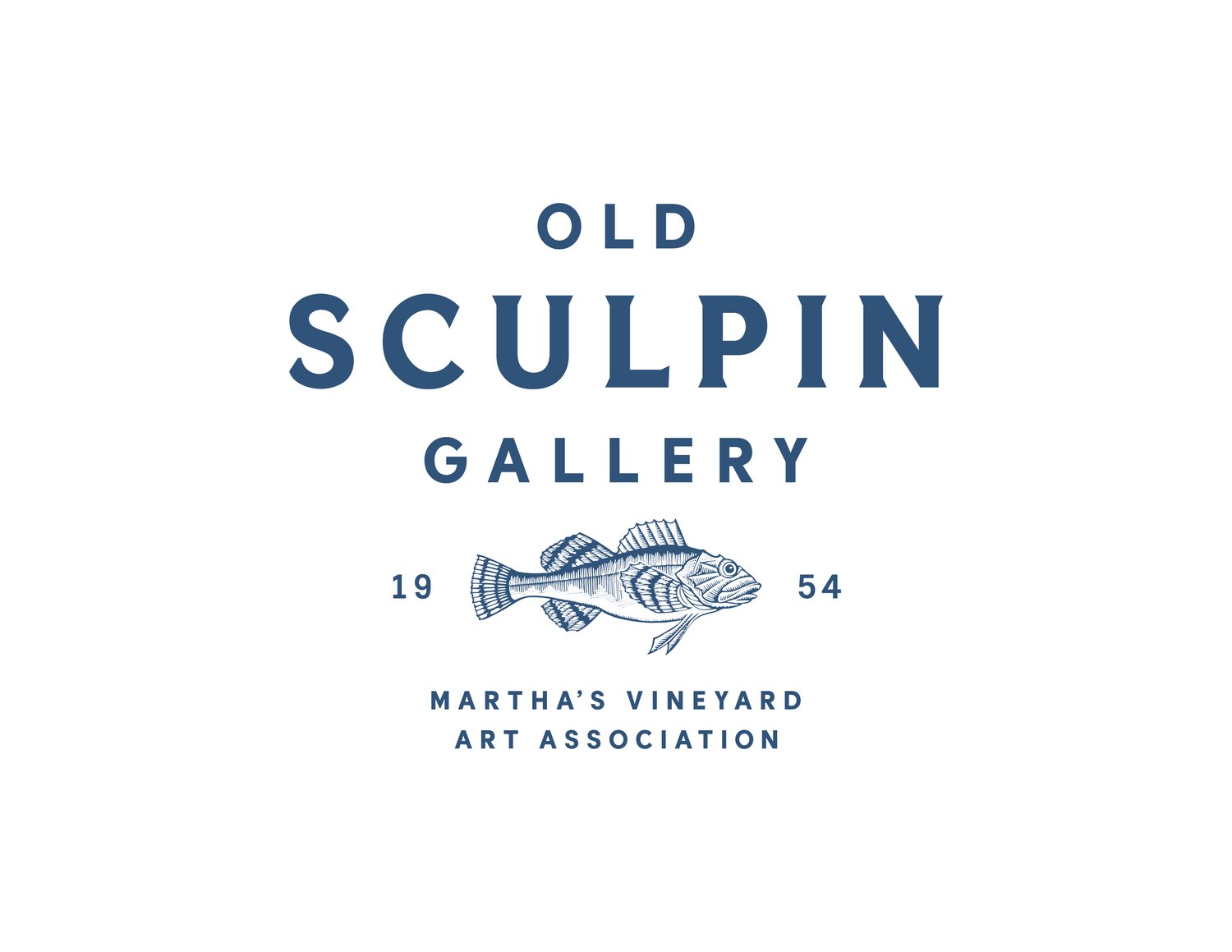St. Tropez
Frauline
Hans Hofmann
Hans Hofmann, son of Theodor and Franziska Hofmann, was born in Weissenburg, Bavaria on March 21st 1880. When he was six years old, the family moved to Munich where his father took a job working with the government. Hofmann developed an interest in mathematics, science, music and art at a very early age. When he was sixteen, his father helped him obtain a job with the Bavarian government as the assistant to the director of Public Works. During this time, Hofmann further developed his technical knowledge of mathematics, even inventing and patenting an electromagnetic comptometer. Despite his exceptional gift for science, however, Hofmann soon gravitated towards the arts, and began his formal training after his father passed away in the late 1800’s.
Hans Hofmann is one of the most important figures of postwar American art. Celebrated for his exuberant, color-filled canvases, and renowned as an influential teacher for generations of artists-first in his native Germany, then in New York and Provincetown-Hofmann played a pivotal role in the development of Abstract Expressionism.
Between 1900 and 1930, Hofmann’s early studies, decades of painting, and schools of art took him to Munich, to Paris, then back to Munich. By 1933, and for the next four decades, he lived in New York and Provincetown. Hofmann’s evolution from foremost modern art teacher to pivotal modern artist brought him into contact with many of the foremost artists, critics, and dealers of the twentieth century: Henri Matisse, Pablo Picasso, Georges Braque, Wassily Kandinsky, Sonia and Robert Delauney, Betty Parsons, Peggy Guggenheim, Lee Krasner, Jackson Pollock, and many others. His successful career was shepherded by the postwar modern art dealer Sam Kootz, secured by the art historian and critic Clement Greenberg, and anchored by the professional and personal support of his wife, Maria “Miz” Wolfegg.
Already 64 by the time of his first solo exhibition at Art of This Century in New York in 1944, Hofmann balanced the demands of teaching and painting until he closed his school in 1956. Doing so enabled him to focus on his own painting during the heyday of Abstract Expressionism, and for the next twenty years. Hofmann’s voluminous output-powerfully influenced by Matisse’s use of color and Cubism’s displacement of form-developed into an artistic approach and theory he called “push and pull,” which he described as interdependent relationships between form, color, and space. From his early landscapes of the 1930’s, to his “slab” paintings of the late 1950’s, and his abstract works at the end of his career, Hofmann continued to create boldly experimental color combinations and formal contrasts that transcended genre and style.



